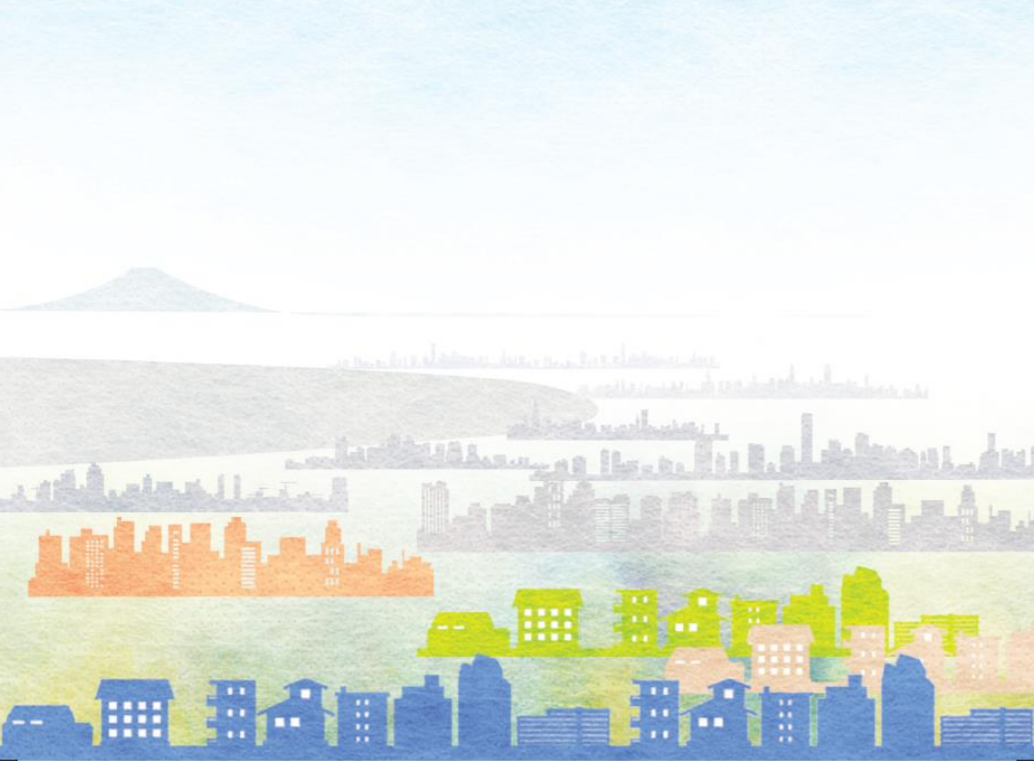Index Based Livestock Insurance (IBLI) 08
The previous essay reviews Takahashi et al. (2016) which study the determinants of IBLI uptake in the first two sales periods in Borena, Ethiopia. In this essay, we will review Takahashi et al. (2020) analyzing IBLI uptake not only in the first two but also the following four sales periods.
Let us take a look at descriptive statistics of the uptake first. The study households are the 458 households who were interviewed in the all of the four rounds of our annual survey from 2011 to 2015. As mentioned in the previous essay, the insurance coverage period of IBLI contract is a year but potential buyers can purchase IBLI twice in a year. Because of this feature, it might be better to study uptake as ratio of households having valid policies (households who purchase IBLI not only in the current sales period but also in the previous sales period) rather than ratio of households purchasing in the current sales period. The uptake ratio changed from 28, 42, 38, 36, 29, to 28 percents from the first to sixth sales period. The average amount of livestock insured among households purchasing IBLI did not change so much (2.5, 2.5, 2.6, 2.4, 2.0, 2.3 Tropical Livestock Unit, TLU) over the six sales periods. IBLI uptake did not grow as I wished.
Let us move to determinants of the uptake. As the potential determinants of the uptake, Takahashi et al. (2020) pick up price (discount rate of insurance premium), previous own uptake, other households’ uptake, and vegetation condition (Normalized Difference Vegetation Index, NDVI). We find that the current discount rate affects uptake but the previous discount rate does not, implying there is no price anchoring effects and that price subsidy in the initial stage of insurance market development would not hurt uptake in the future when subsidy is removed. Vegetation condition also matters. Pastoralists purchase IBLI more likely when vegetation condition is bad and payout is more likely. This damages sustainability of insurance market and an idea for a solution is to change insurance premium based on current vegetation condition. The results on the remaining two potential determinants, other households’ uptake and previous own uptake, are not so clear in the sense that the results depends on whether we use discount rate as instrument variable for endogeneity of IBLI uptake.
Payout or no-payout may affect uptake in the following sales periods and there was no payout until November 2014. Timu et al. (2018) study this and thus Takahashi et al. (2020) do not study this to avoid an overlap of research questions.
Reference
Takahashi, K., Ikegami, M., Sheahan, M., and Barrett, C. B. (2016). “Experimental Evidence on the Drivers of Index-Based Livestock Insurance Demand in Southern Ethiopia.” World Development, 78, 324-340.
Takahashi, K., Noritomo, Y., Ikegami, M., & Jensen, N. D. (2020). “Understanding pastoralists’ dynamic insurance uptake decisions: Evidence from four-year panel data in Ethiopia.” Food Policy. 95.
Timu, A. G., Gustafson, C. R., Ikegami, M., & Jensen, N. D. (2018). “Indemnity Payouts and Index Insurance Demand in Ethiopia.” Working paper.
(Author: Munenobu Ikegami)
